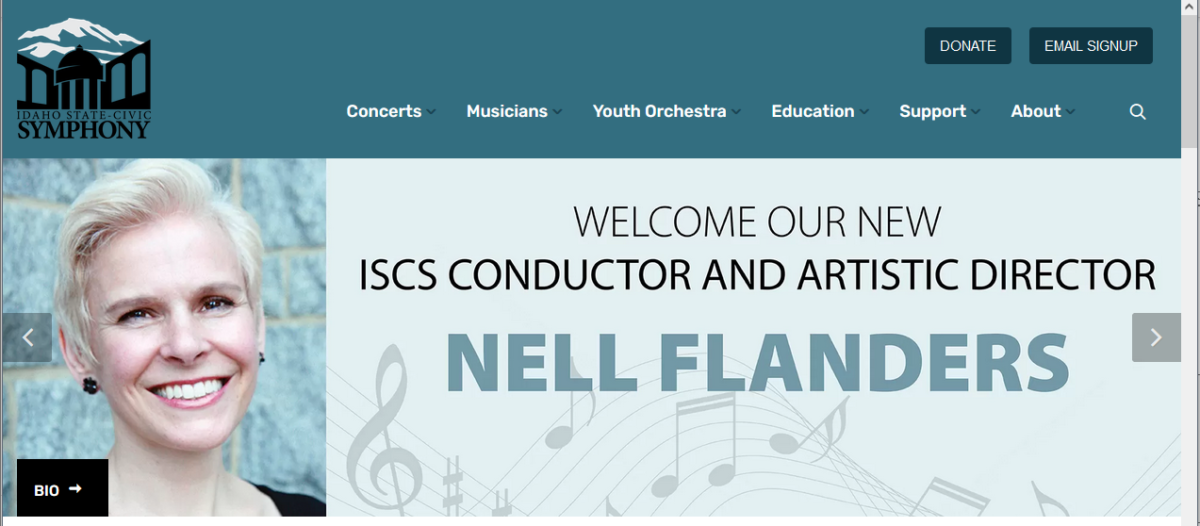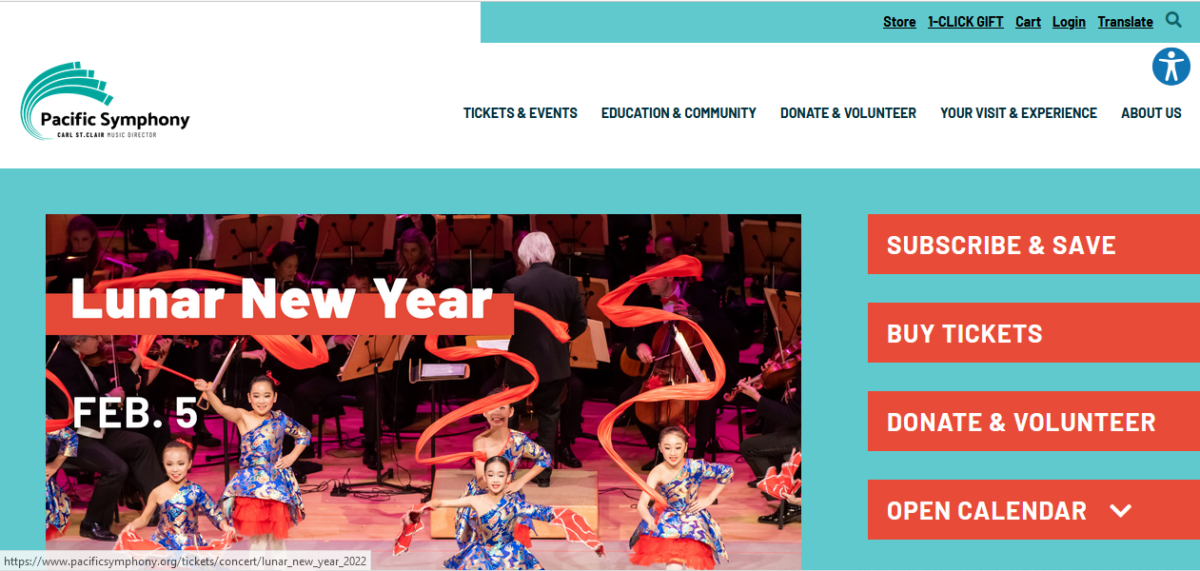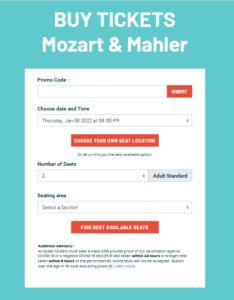Without any background in web design or maintenance, I never would have imagined that I’d be guiding the look of and updating content on a website for a symphony orchestra, while enjoying the creative process and getting excited about adding new pages. Keeping the ISCS ARTdynamix® website fresh, user-friendly, and engaging has become one of the favorite parts of my job thanks to the incredible “Dream Team” at Dream Warrior Group with their patience, responsiveness, and outright brilliance.
They are an absolute joy to work with (and know how to keep me calm).
~Kathryn
Last week, Idaho State Civic Symphony (ISCS) took the plunge and upgraded their site to the newest ARTdynamix® with the re-imagined, easy-to-use CMS. ISCS has been using ARTdynamix® for over 5-years with great success but said ‘yes’ quickly when our Project Manager demonstrated the features including drag n’ drop page builder, content versioning, private areas, show, class and artist management, the ability to change the navigation on the fly and easy integration with leading show ticketing solutions.
“Making Magic and Changing Lives in our Spectacular Home.”
—ISCS Mission
Established in the early 1900s, ISCS is the oldest orchestra in the State of Idaho. Since April of 2005, the Symphony and our audiences have enjoyed the benefits of the incredible acoustics of the Joseph C. Jensen Grand Concert Hall of the L.E. and Thelma E. Stephens Performing Arts Center. The Center is an imposing 123,000 square-foot edifice of classic design, with a hub-and-spoke arrangement centered on the large Marshall Rotunda lobby, which serves us as a venue for our pre-concert activities and chamber music.
DWG looks forward to partnering with ISCS for many years to come — our goal is to make their website easier to manage and effective for ticket selling and information sharing.






